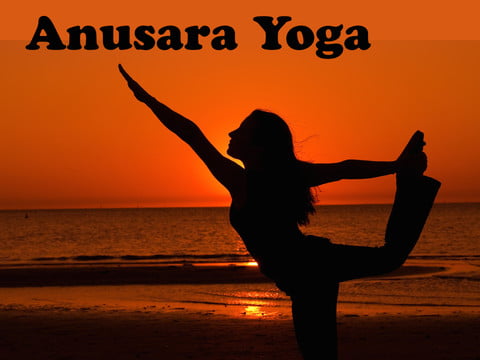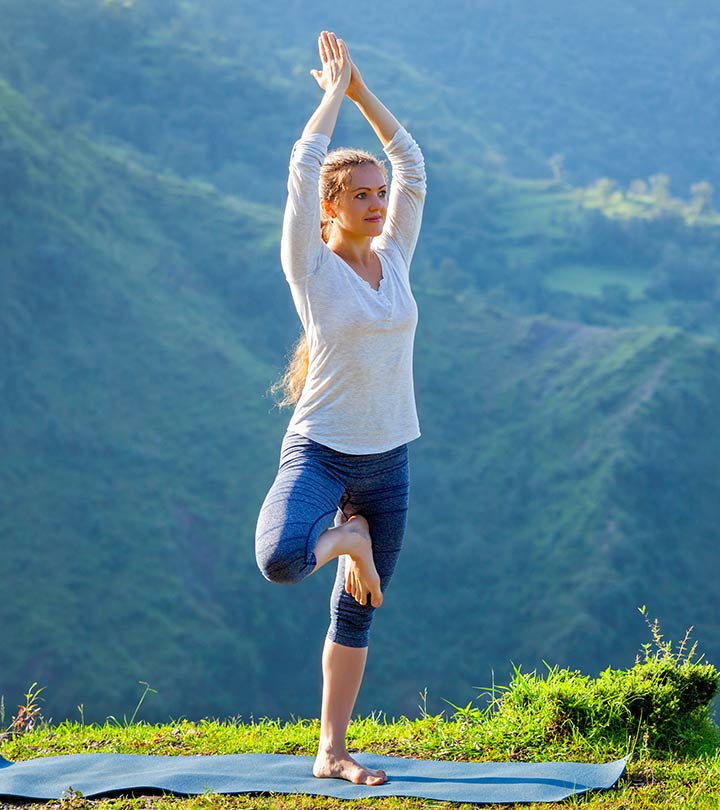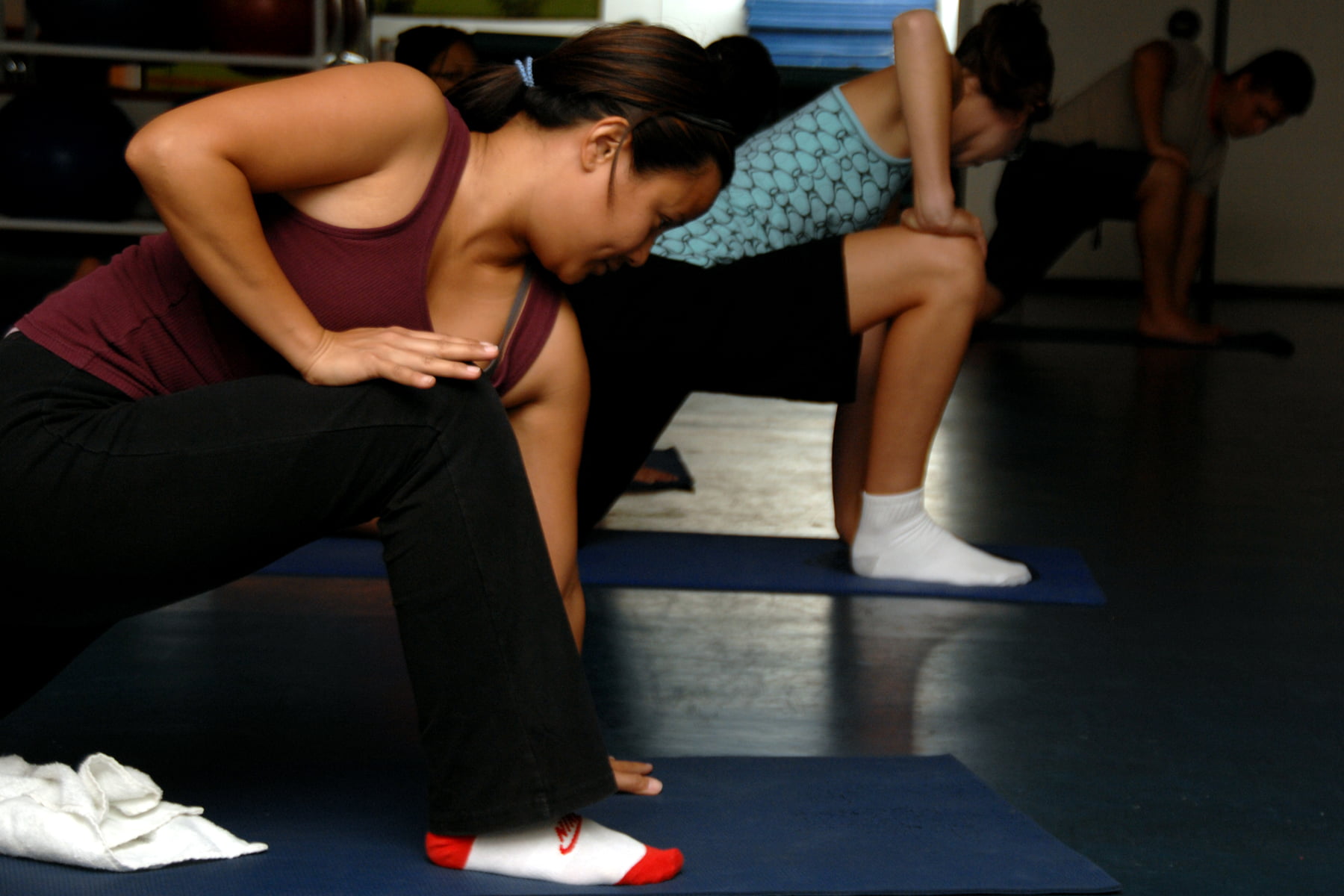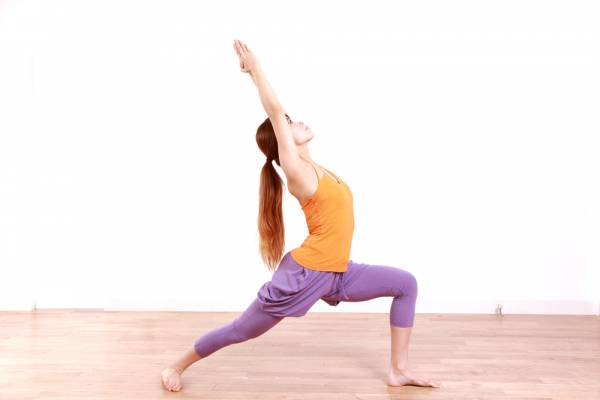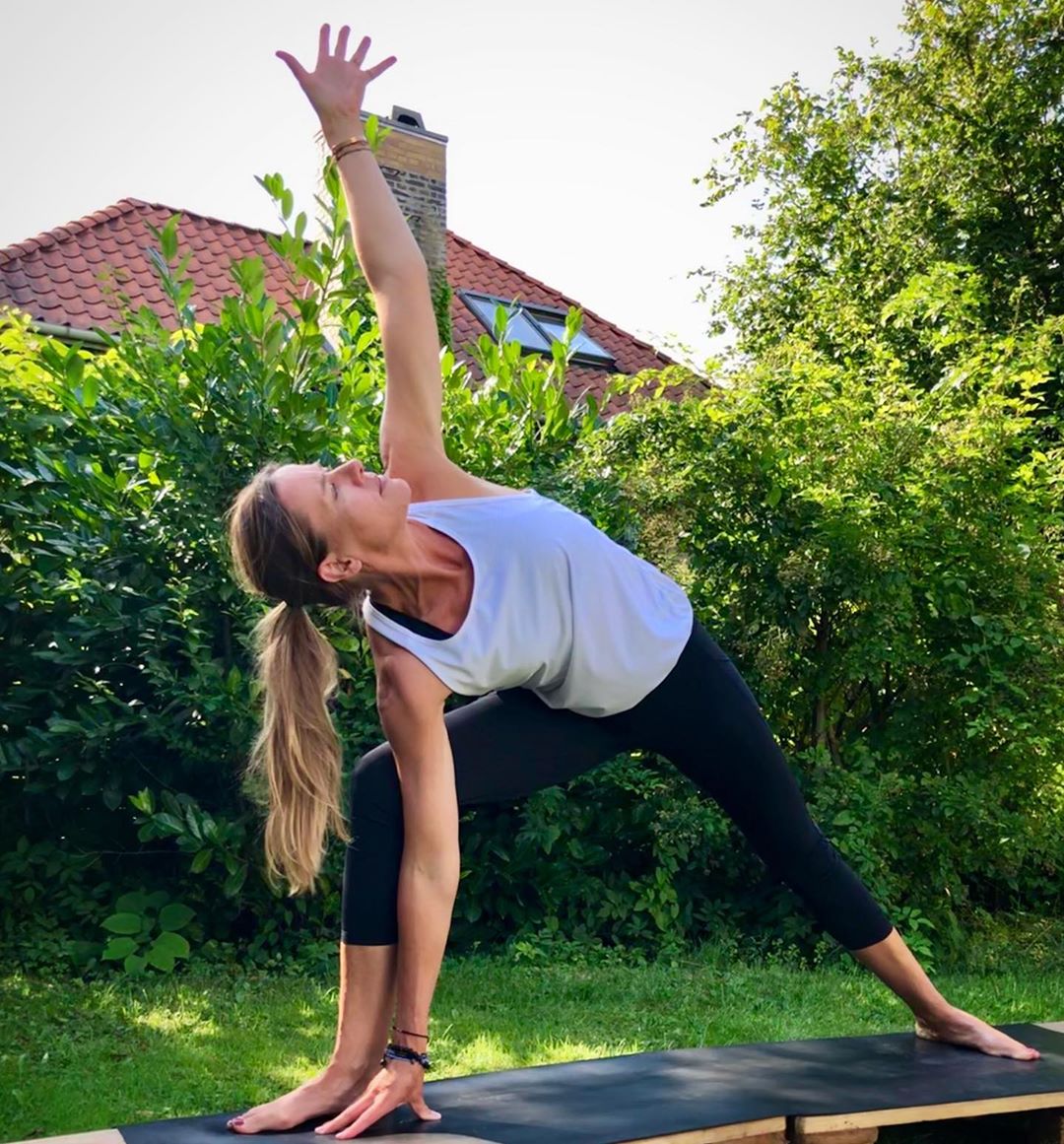
Sanskrit Name: Parsvakonasana (पार्श्वकोणासन)
English Name: Side Angle Pose
Type of Yoga: Ashtanga Yoga
Level of Yoga: Basic
Duration: As per your Capacity or 30 to 60 seconds
Target Area: Thorax, Abdomen, Vertebral column, inguinal region, Lung, Ankle, Knee, Leg, and Shoulder
Strengthens: Leg, Ankle, Knee
In the final posture of this yoga pose, the body makes a lateral angle that is why it is called Parsvakonasana. There are many benefits of this yoga asana. Parsvakonasana is a great yoga practice for health and well-being. With its regular practice, you can get rid of many health troubles.

Table of Contents
What Does It Mean By Parsvakonasana?
Parsvakonasana is the Sanskrit language derived from three words in which
The first word is “Parsva (पार्श्व)”, which means “Side”
And the second word is “Kona (कोण)”, which means “Angle”
Finally, the second word is “Asana (आसन)”, which means “Yoga Pose”“.
Preparatory Poses of Parsvakonasana:
- Padahastasana / Uttanasana (पादहस्तासन / उत्तानासन) or Standing Forward Bend
- Siddhasana (सिद्धासन) or Accomplished Pose
- Virasana (वीरासन) or Hero Pose
- Adho Mukha Svanasana (अधो मुख श्वानासन) or Downward Facing Dog Pose
- Supta Virasana (सुप्तवीरासन) or Reclined Hero Pose
- Virabhadrasana II (वीरभद्रासन II) or Warrior Pose II
- Prasarita Padottanasana (प्रसारित पादोत्तासन) or Wide-Legged Forward Bend
- Upavistha Konasana (उपविष्ठ कोणासन) Or Wide-Angle Seated Forward Bend
- Supta Baddha Konasana (सुप्त बंध कोणासन) or Reclining Bound Angle Pose
- Parivrtta Trikonasana (परिवृत्त त्रिकोणासन) or Revolved Triangle Pose
- Padungasthasana (पादंगुष्ठासन) or Big Toe Pose
- Utthita Trikonasana (उत्थित त्रिकोणासन) or Extended Triangle Pose
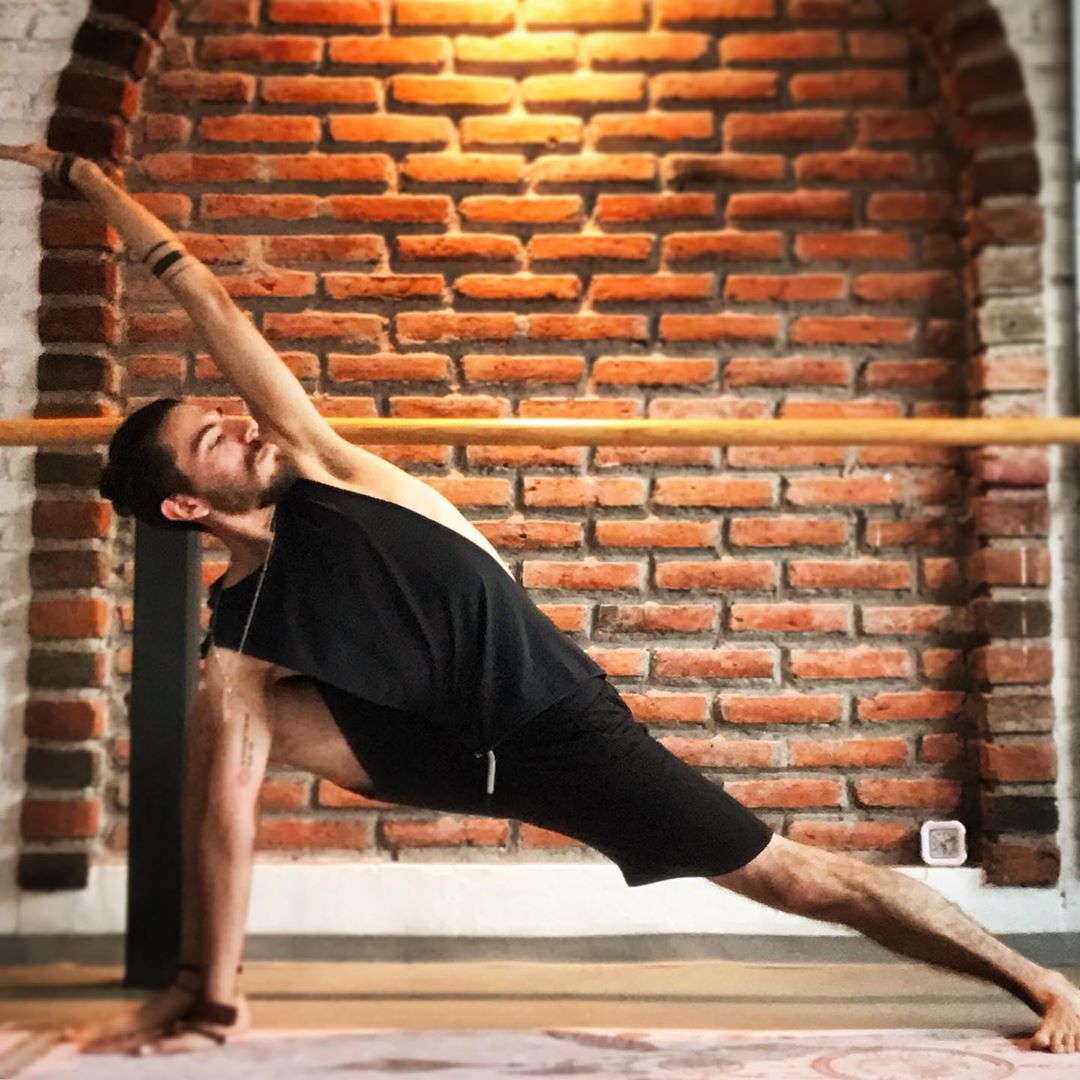
Method Of Practicing Parsvakonasana:
- At first, stand in Tadasana or Mountain Pose
- Inhale and open your legs 4 to 4.5 feet.
- Fold your left foot 10 to 20 degrees inward, and your right foot bend 90 degrees outside
- Align the right heel with the left heel
- Slowly raise your hands until the hands are directly aligned with your shoulders
- The palms should be down towards the ground
- Hold your left heel firmly on the ground and bend the right knee until the knee is directly above the ankle
- If you have so much flexibility, then parallel your thigh with the ground
- Exhale; bend your torso to the right.
- The torso should be straight down to the right leg.
- Take care that you do not turn from your hip joints and not from your back joints
- According to your ability, place your right hand on the floor with the right foot outwards, or on the ankles, or with the right foot on the floor.
- Keep in mind that while doing this, your torso and right leg remain in a straight line
- Move your left hand towards the ceiling.
- Finally, your left arms and legs should be aligned. Now raise your head upwards so that you can see the fingers of your left hand
- In total, breathe in five times and exhale so that you can remain in the posture for 30 to 60 seconds.
- Gradually as your body starts gaining strength and flexibility, you can increase the time – do not exceed 90 seconds
- When after breathing 5 times you can come out easily.
- To get out of the posture, straighten the head, lower the left hand, straighten the torso and bring the legs back in Tadasana or Mountain Pose
- After doing it on the right side, do all these steps also on the left side.
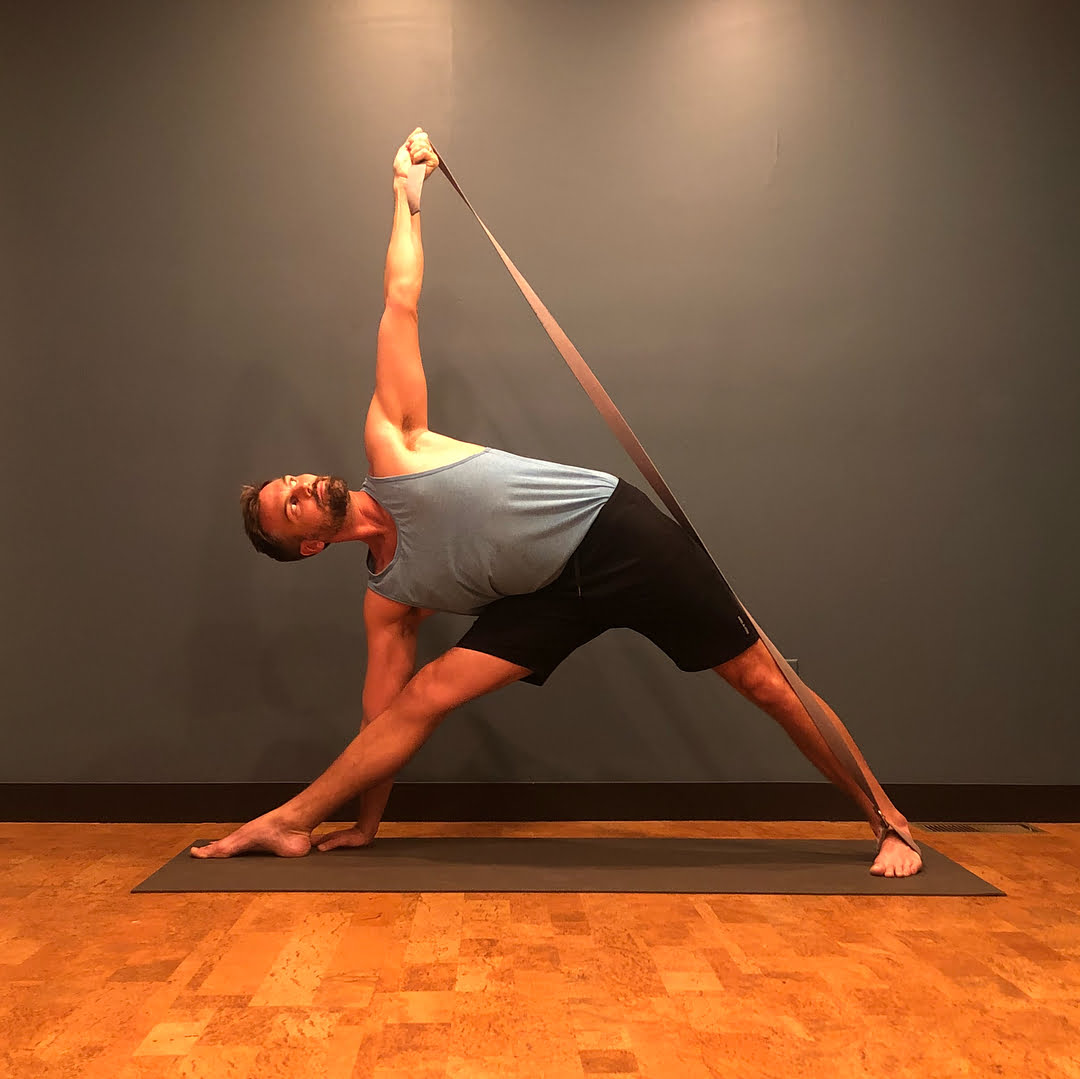
Beginner’s Tips:
If you have trouble keeping yourself stable or moving downwards, then you can resort to a block.
In case the hand does not reach the bottom, then vaccinate it on this block.
Choose the height of the block as per your comfort.
If you do not have a yoga block, instead you can use any other thing on which you can touch the arm and it can withstand your weight.
Follow-up Poses of Parsvakonasana:
- Parivrtta Parsvakonasana (परिवृत्त पार्श्वकोणासन) or Revolved Side Angle Pose
- Prasarita Padottanasana (प्रसारित पादोत्तासन) or Wide-Legged Forward Bend
- Parsvottanasana (पर्श्वोत्तनासन) or Intense Side Stretch Pose
- Utthita Hasta Padangusthasana (उत्थित हस्त पादंगुष्ठासन) or Extended Hand-To-Big-Toe Pose
- Ardha Baddha Padmottanasana (अर्ध बद्ध पद्मोत्तासन) or Half Bound Lotus Standing Forward Bend
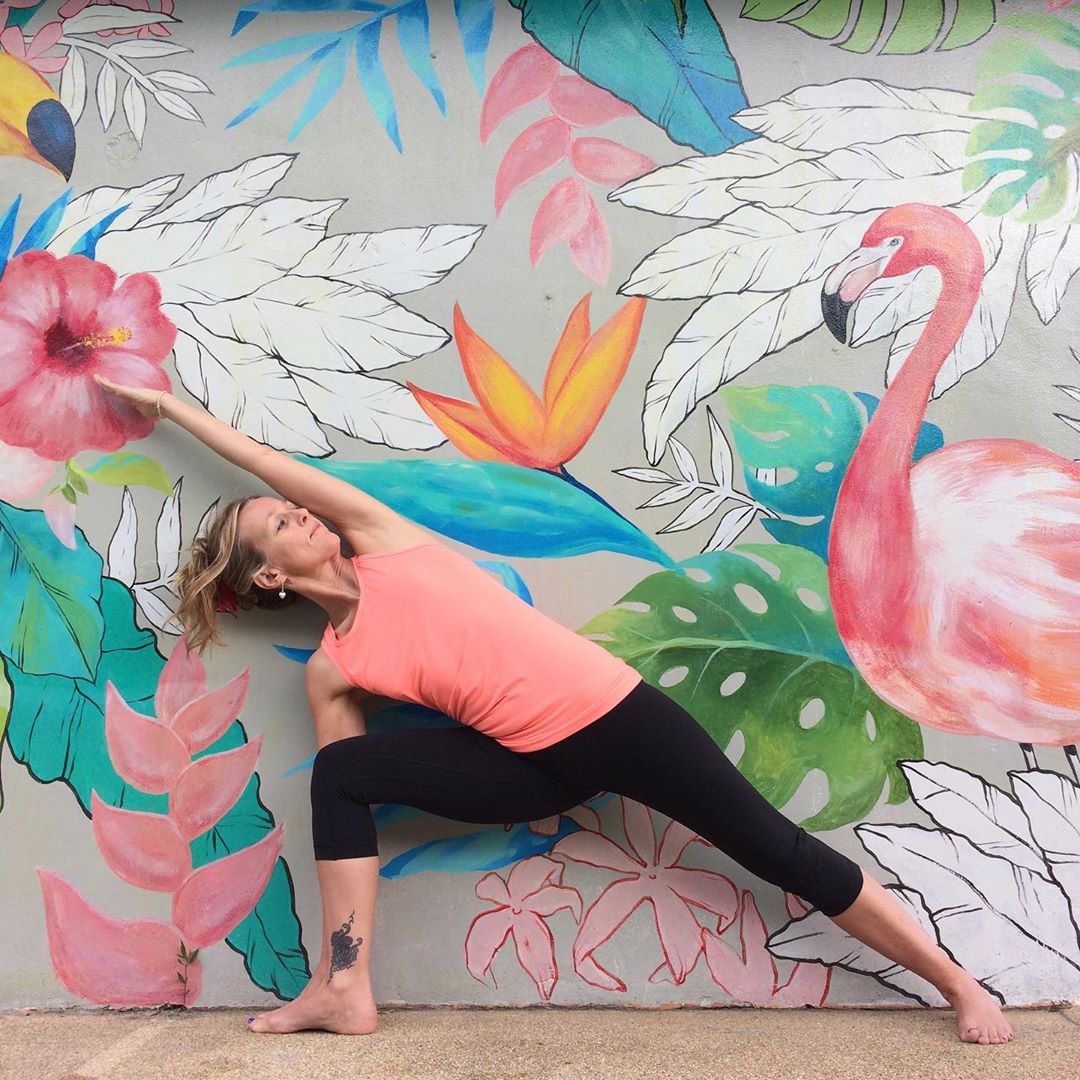
Precautions to Parsvakonasana:
Before performing any yoga, it is very important to know its precautions, let us know the precautions to do Parsvakonasana:
Those who have insomnia, headache, or have low blood pressure, do not do the Parsvakonasana
If you are complaining of high BP, then instead of lifting your head upwards in the last posture, keep it down so that your vision is on your toes.
If you have a pain in your neck, keep the head upright in the last position so that your neck is not stressed (take care not to look down).
Do not push beyond your physical capacity.
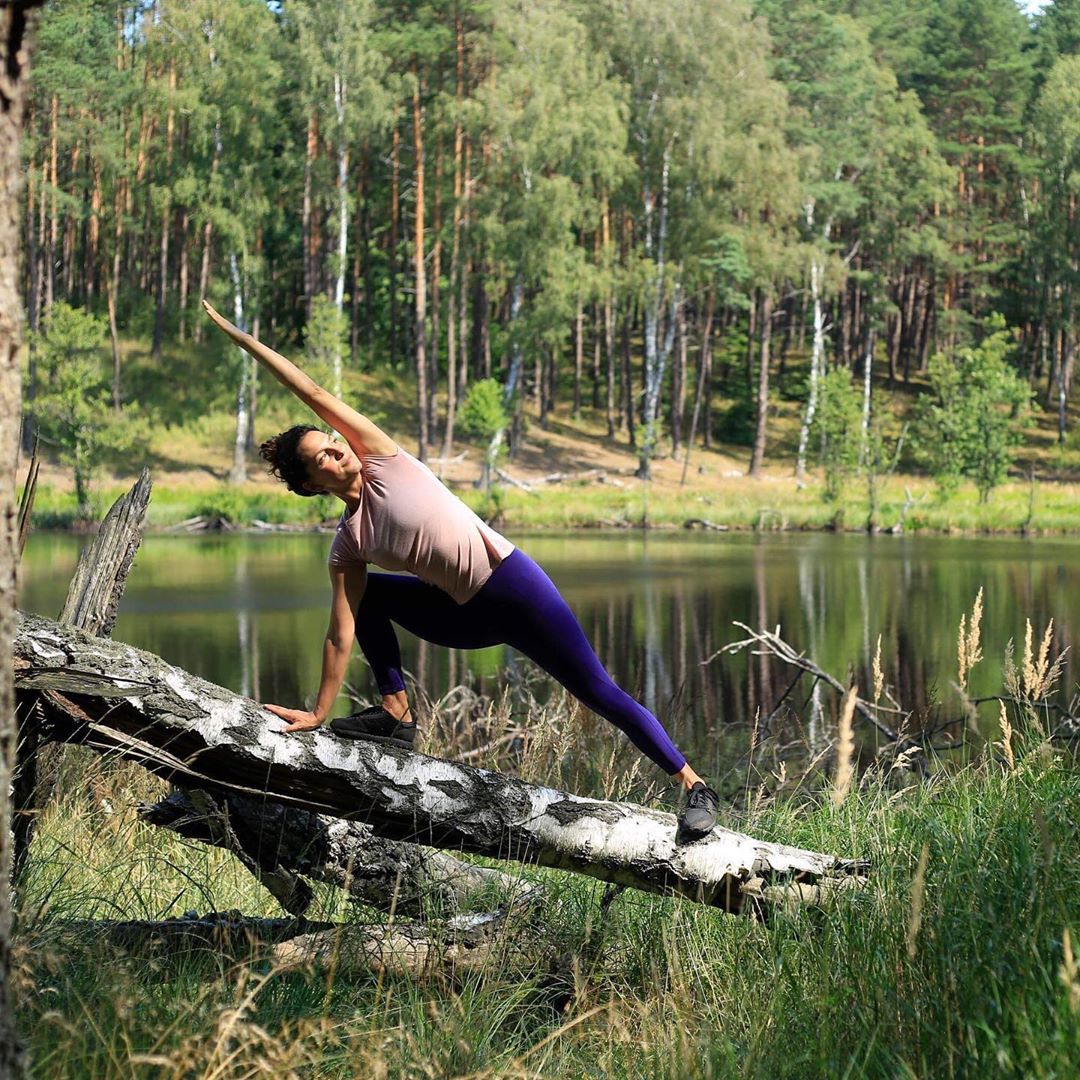
Benefits of Parsvakonasana:
By regularizing this easy one gets relief from all kinds of diseases related to the stomach. So, let’s now know Parsvakonasana (Side Angle Pose) Benefits:
For Weight Loss: By practicing this asana, you can reduce body weight and take a pure look. So, practice it regularly
Ankle and Knee: It plays an important role in strengthening the ankle and knee. And thus practicing this asana regularly will help
Reduce Thigh Fat: By this, you can reduce thigh fat and increase its beauty. So, this asana is a great way to reduce thigh fat
For Waist Fat: By doing this yoga, you can make the waist beautiful and slim by reducing waist fat to a great extent.
Healthy Heart: This asana strengthens the muscles of the heart.
Digestion: It improves digestion.
Arthritis: By doing this asana, there is a benefit in arthritis.
Chest Dilation: It helps in chest expansion and reduces chest related problems.
Sciatica: Patients with sciatica should practice this asana.
Constipation: helpful in reducing constipation.

